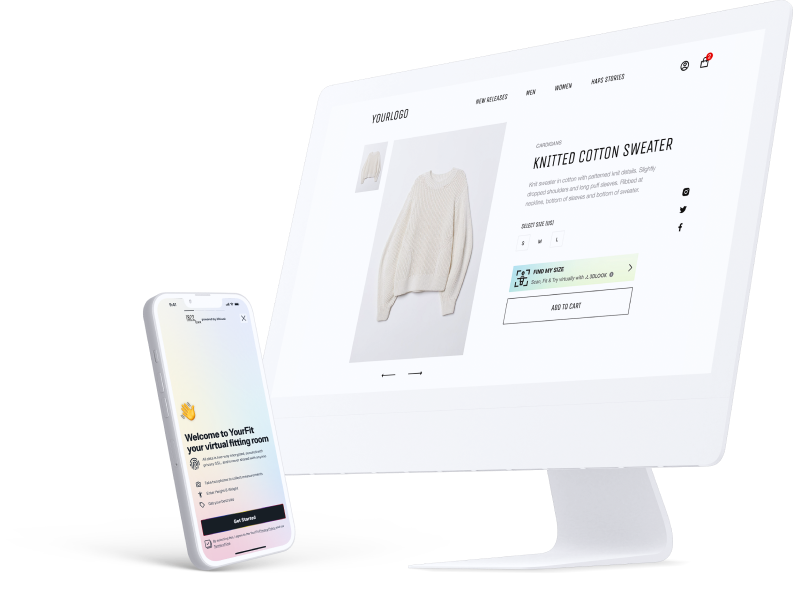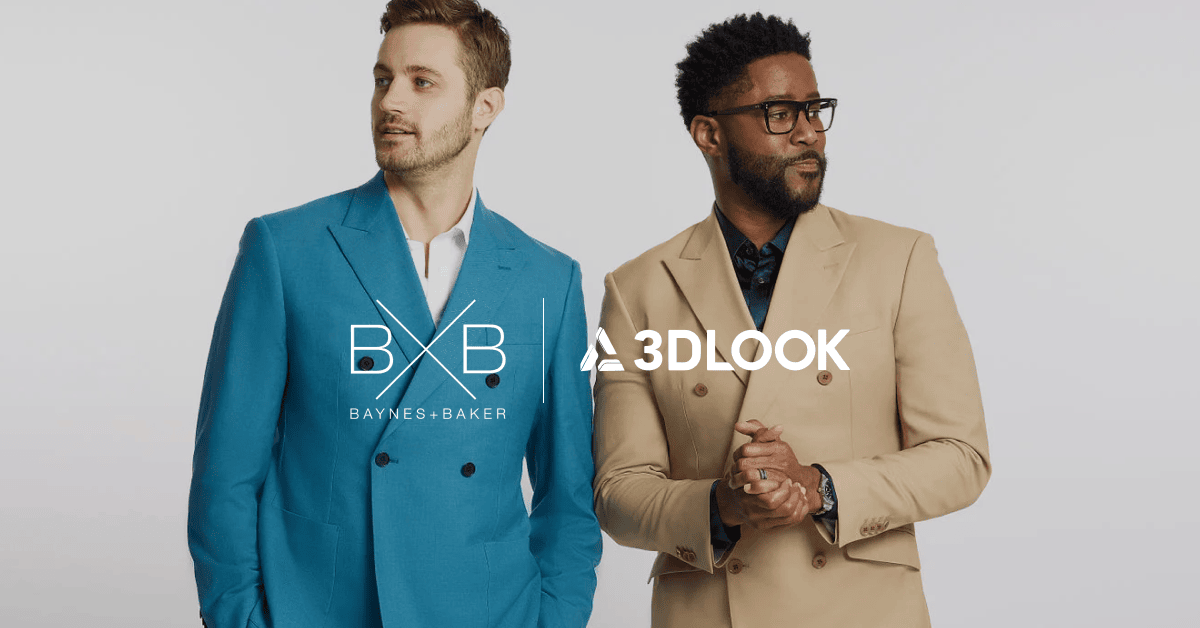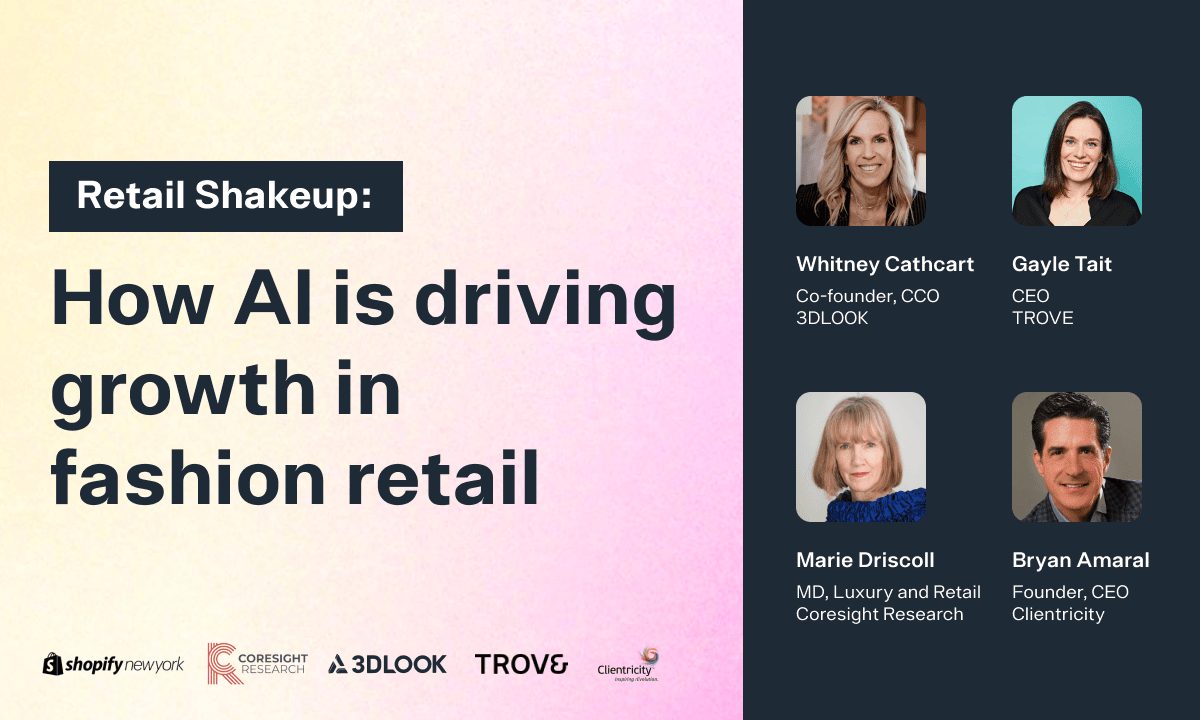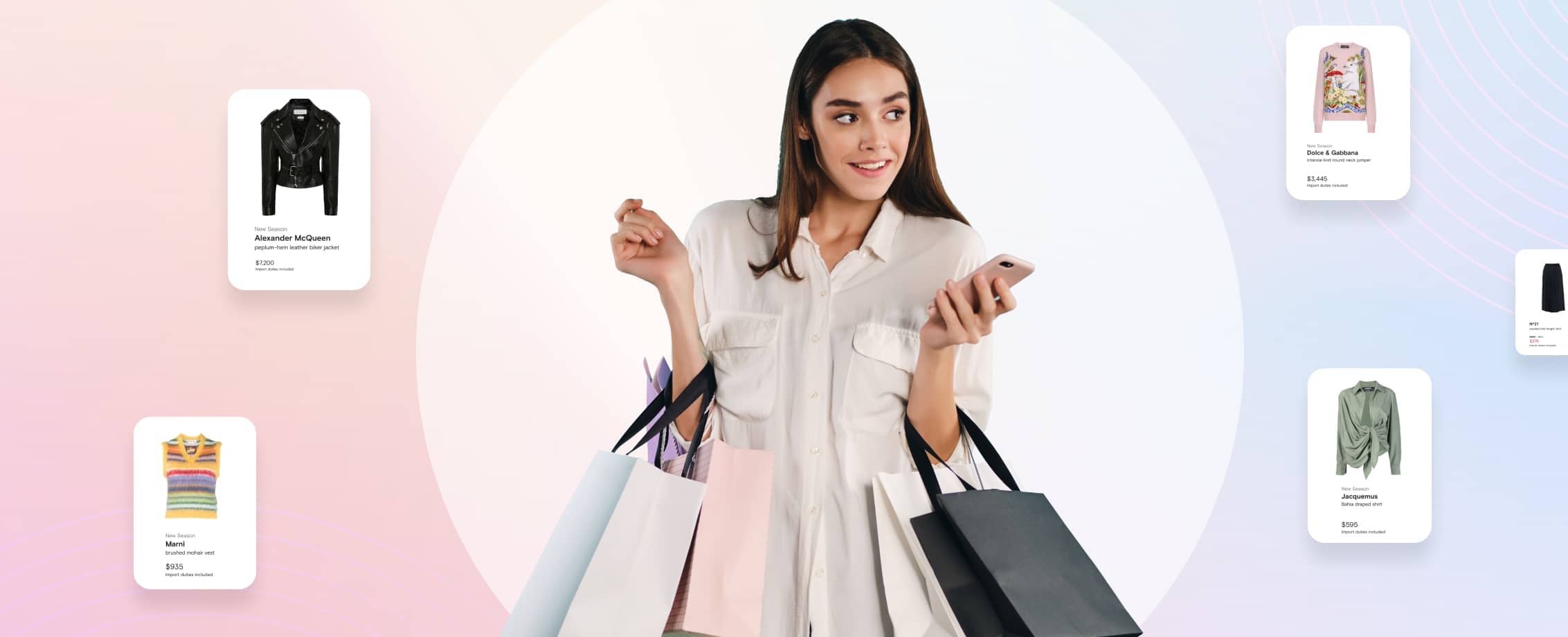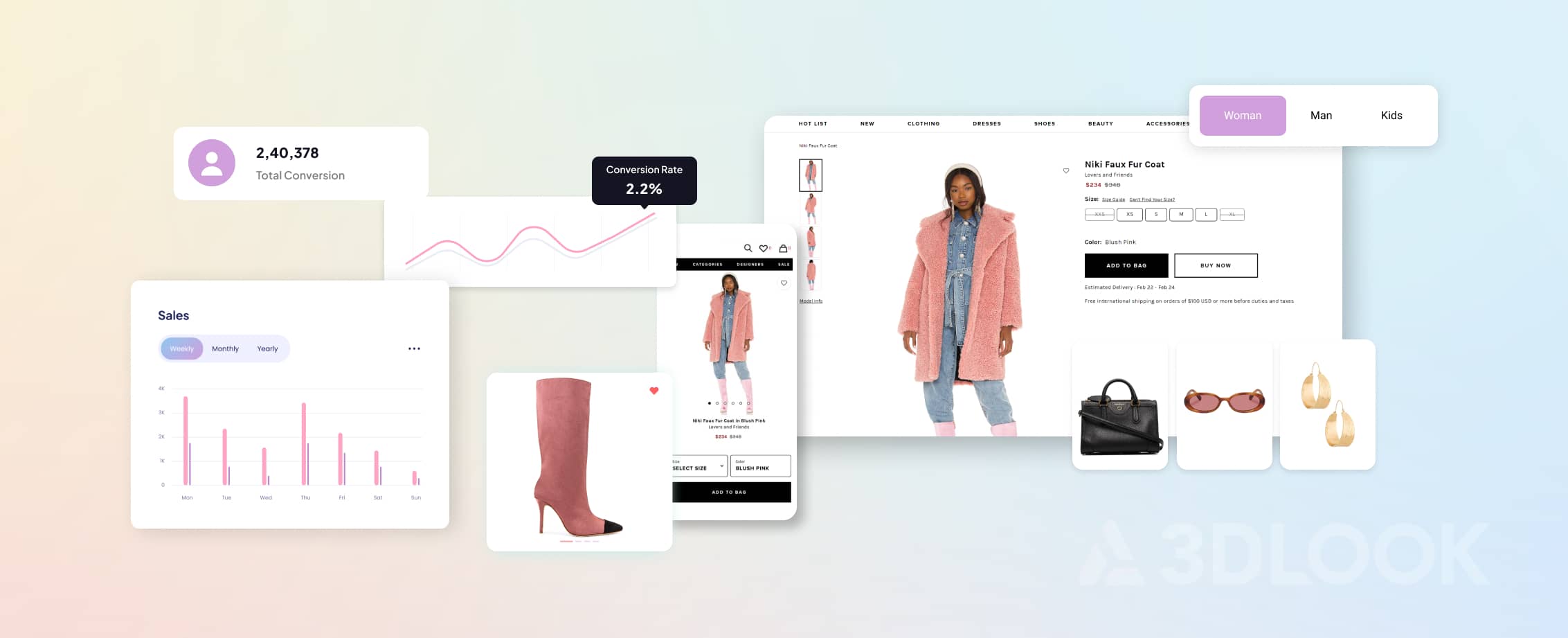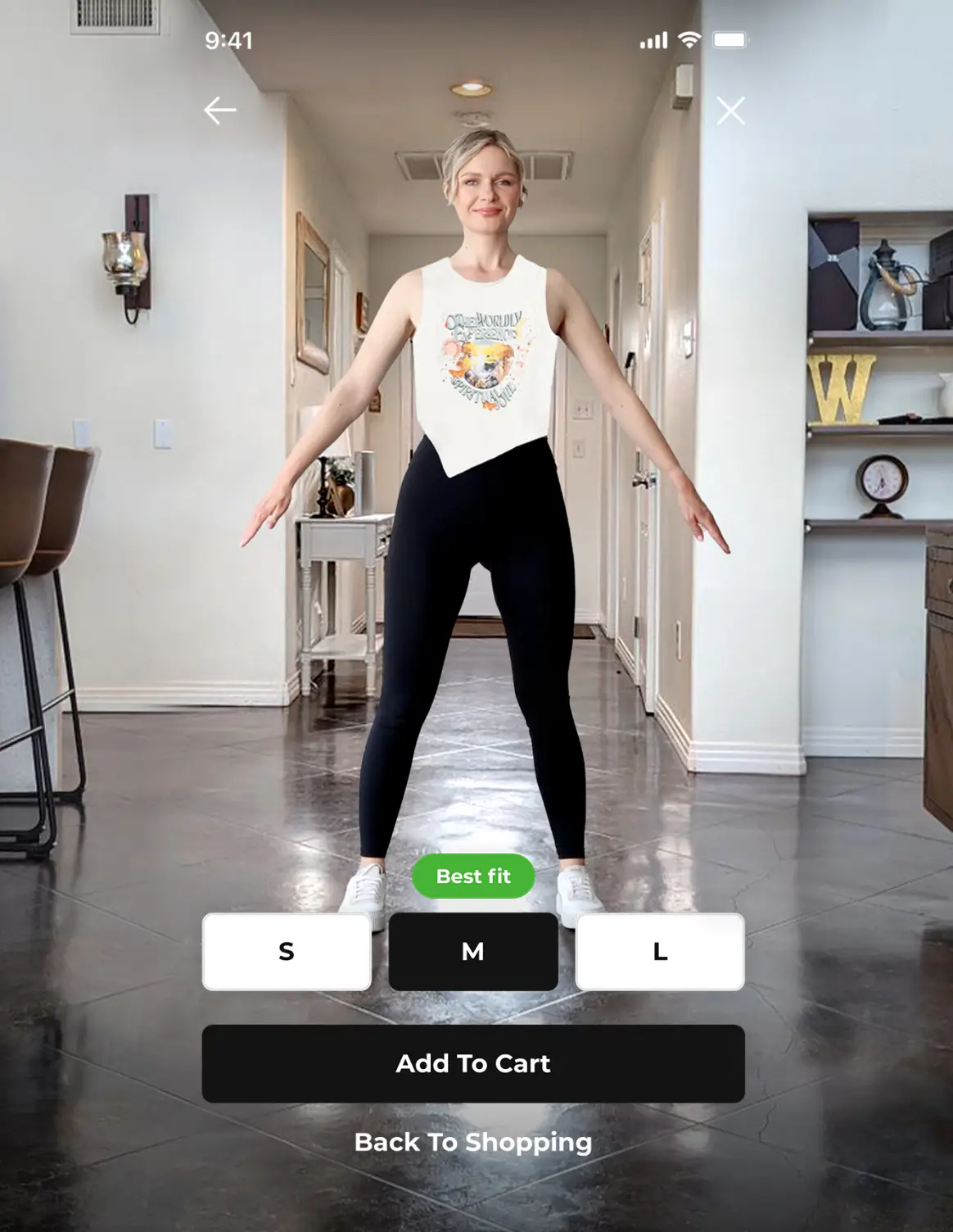How to Grow a Clothing Business in Today’s eCommerce Landscape
Scaling a clothing business in the digital space can be daunting, especially with the oversaturation of online marketplaces launched during the pandemic. Our latest blog post explores these challenges and solutions for the entrepreneurs to scale their businesses in the eComm market.
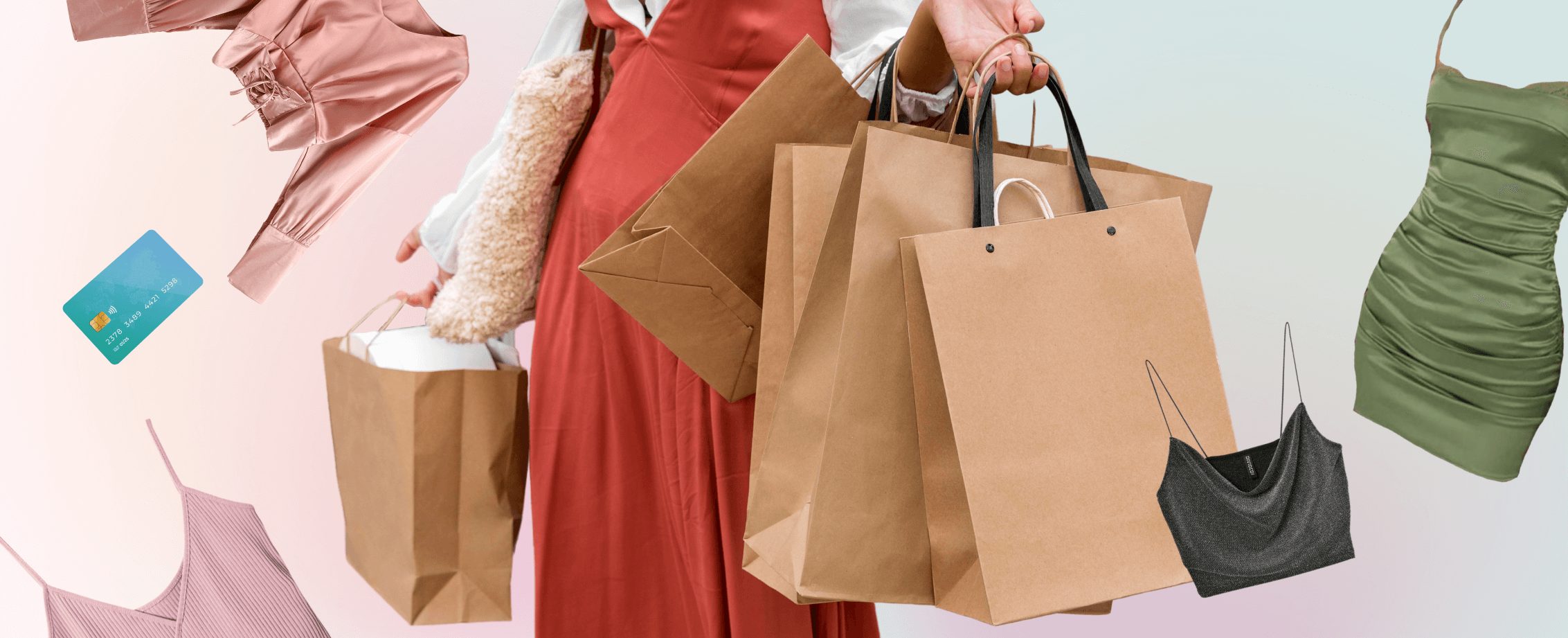

Share on

After a two-year disruption brought by the pandemic, the fashion industry is slowly getting back on its feet. Thanks to social media and its ever-evolving trends, more brands have emerged and are still turning up in the digital space. Many entrepreneurs are wondering if it’s still worth taking a risk in eCommerce because of many challenges, but experts say the market has never been ready. Discover how you can scale your own fashion business with the help of technology and other digital strategies.

After a two-year disruption brought by the pandemic, the fashion industry is slowly getting back on its feet. Thanks to social media and its ever-evolving trends, more brands have emerged and are still turning up in the digital space. Many entrepreneurs are wondering if it’s still worth taking a risk in eCommerce because of many challenges, but experts say the market has never been ready. Discover how you can scale your own fashion business with the help of technology and other digital strategies.
Many people prefer to shop online than visit malls and boutiques, even if the market is going back to normal. This shift is traceable to the convenience digital shopping offers to its patrons. With the rise of digital channels in the fashion market, what new challenges will fashion entrepreneurs face?
The biggest challenges of growing a clothing business
Today, the fashion industry is one of the most fickle industries, especially in an economic crisis (e.g., the COVID-19 pandemic). Even when at the forefront of innovation, many clothing businesses are expected to face several threats, but not without overcoming them.
1. High competition
Staying competitive in the fashion industry has never been more crucial, especially with online platforms like Instagram, TikTok, and Shopify. In 2020 alone, eCommerce apparel grew by 29.6%. The competition is fiercer than ever for entrepreneurs, designers, manufacturers, marketing teams, etc. Smaller, lesser-known brands are gaining the upper hand because consumers now desire to own unique pieces, giving them that air of exclusivity. For example, brands like Riley Studio thrive with their gender-free wardrobe pieces made from recycled and organic materials. Their brand identity and sustainability efforts target a niche market with the same values.
These small, independent competitors push fashion companies to get more creative. Whether with their marketing strategies or brand loyalty, the game is set for all competitors, big and small.
In a study by Common Thread Co., fashion eCommerce’s 7.81% compounded annual growth will put the industry at over $1.0 trillion by 2025.
2. Changing desires of younger consumers
Consumers on the younger spectrum have embraced social commerce because of its sheer functionality and seamless shopping experience, from browsing to checkout. Kibo’s study shows that fashion eCommerce is more enticing than ever, with 28% of Gen Z shoppers and 24% of millennials saying they will likely shop online more than they did pre-pandemic. People are starting to put convenience above everything else, and brands should note this. Clothing businesses should elevate user comfort, personalized in-app purchases, and other innovations like virtual try-on and live-streaming.

Image Source: Shopify
3. Lack of inclusivity and diversity in team hiring and marketing
In a study by McKinsey, diversity in the workforce leads to outperformance. For example, companies with more than 30% women executives were more likely to outperform those with fewer women executives. Diversity and inclusivity in gender, race, culture, and more open more opportunities for people in every industry, including fashion. In a survey conducted by Google and The Female Quotient, 64% of respondents took action (whether visiting the website or purchasing a product) after seeing a diverse or inclusive ad. “These ads enhance brand perception, increase brand effectiveness, and significantly lift purchase intent and loyalty,” said Carlos Santiago, co-founder of Alliance for Inclusive and Multicultural Marketing.
So, when growing your fashion business, it’s important to draw on the best practices done by diverse companies and start taking bolder steps.
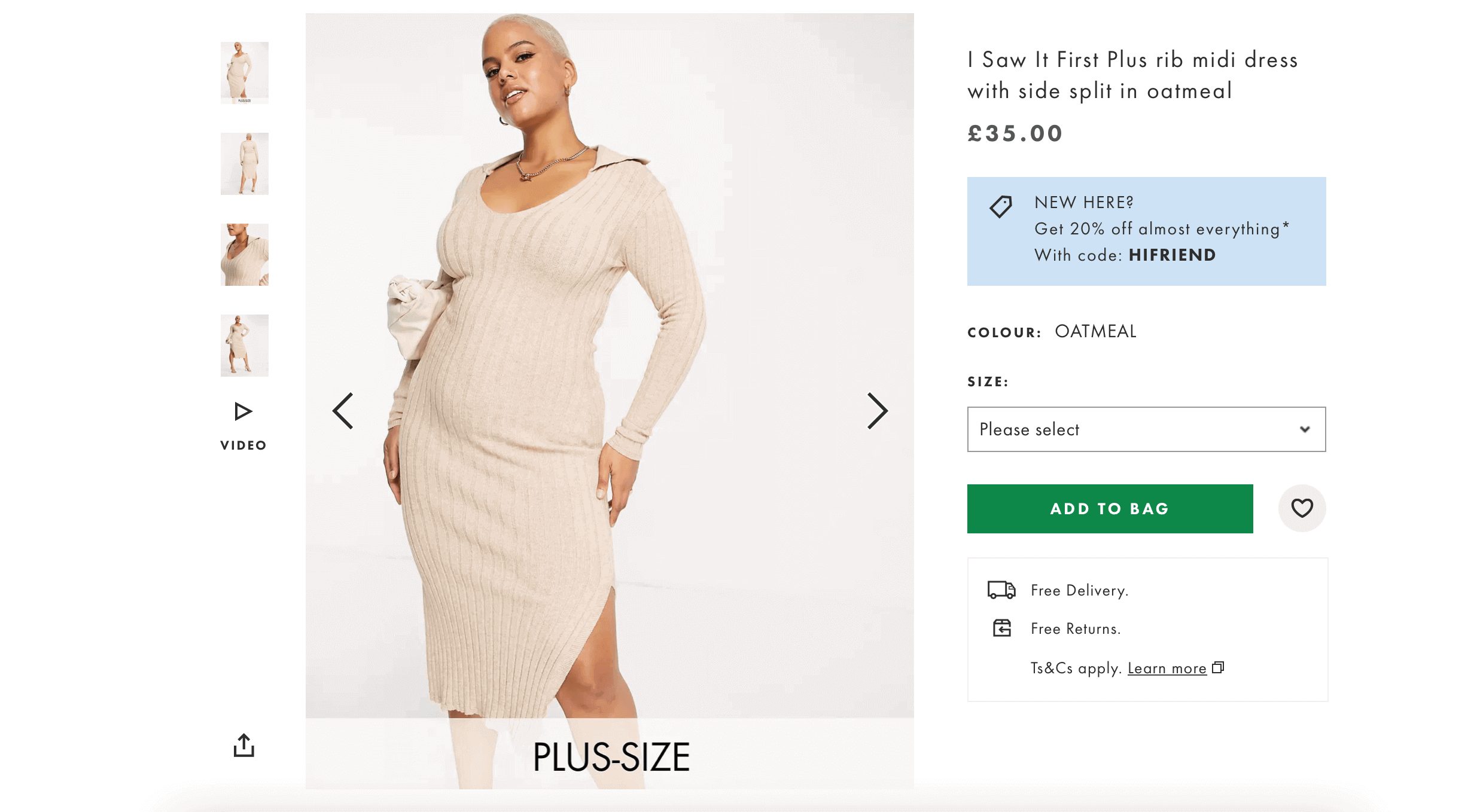
Image Source: ASOS
4. The sustainability gap
Fashion ranks fourth in the world’s most polluting industries, next to agriculture. Currently, it produces 10% of global emissions, and by 2050, it could take up at least a quarter of the world’s carbon budget. With these numbers in mind, businesses must turn to sustainable processes and materials that are recyclable and ethically sourced. Reformation, a Los Angeles-based brand, is 100% water-, carbon-, and waste-neutral. They aim to become Climate Positive by 2025 by investing in renewable energy directly in their supply chain. Discover best practices to make your fashion brand more sustainable in one of our latest blog posts.
5. The never-ending cycle of returns
Sizing issues contribute to the spike of returns of purchased goods. Businesses must take action to reverse this trend by analyzing consumer behavior and product impressions to uncover more patterns that impact return rates. More often than now, retailers will find product clarity as to the primary issue, with up to 70% of returns due to poor fit or style. Brands should invest in hiring a team that can exclusively work on this to continue developments alongside rising demands and invest in technology providers like 3DLOOK, whose solutions help fashion brands and retailers fight massive increases in return rates—detrimental to the bottom line and sustainability efforts driven by a digital generation. Lastly, isn’t it time that companies end the “one size fits all” narrative? If you are learning how to scale an apparel business, this is a mighty place to start.
Top Strategies to Scale Your Clothing Business
Laying down the foundations of your clothing business might be intimidating, but it opens doors to opportunities and strategies that you can utilize to generate more revenue. Once you’ve decided to start your eCommerce brand, it’s time to reassess your objectives to reach significant growth.
1. Have a clear vision for your brand
A good understanding of your target markets, competitors, and long-term goals ensures that you already have a solid foundation for your business. This means you also have a business model for your clothing line you want to follow, whether it’s a custom cut-and-sew, dropshipping, or private label. Scaling your brand’s potential entails a lot of groundwork, so having these points finalized allows you to visualize success earlier.
This is where you also establish your company’s mission and values. Mission-driven companies inspire and engage employees, leading to better work experience and job satisfaction. Your objectives must reflect a commitment to community growth and service locally and globally. Mission statements build trust. And where there’s trust, success follows suit.
Are you committing to sustainably produced clothes? Will you be supporting fair trade? Narrow down your mission and vision and discuss how you want your brand to impact the industry positively.
2. Choose the proper sales channels
Eager to reach new customers? Choose a sales channel where they already shop. Of course, it depends on your product and target market. For instance, online marketplaces like Vestiaire Collective, Vinted, and Shopify are excellent avenues for fashion brands to sell vintage clothes, limited edition collections, collaboration projects, etc.
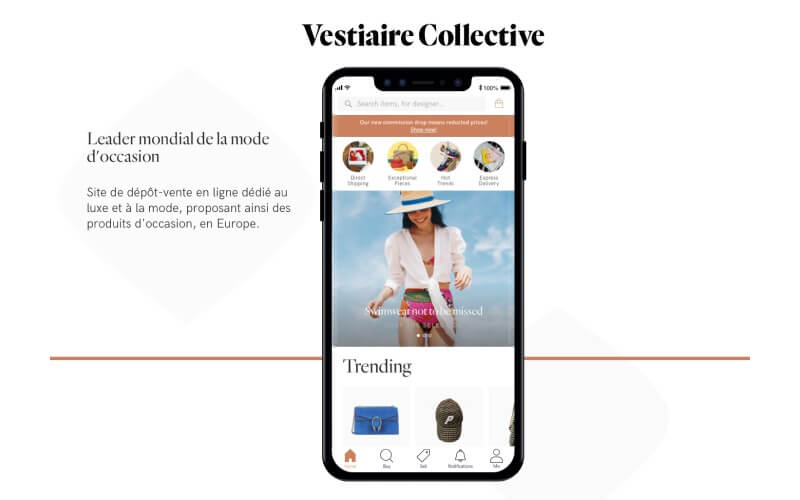
Image Source: Vestiaire Collective
3. Invest in what matters
Experience
At the end of the day, consumers care about the experience they had with their favorite brand. This should be one of your brand’s goals. Several factors contribute to this, including a fast-loading website, seamless checkout and payment process, and excellent customer support. Investing in these elements early on could save you time and money.
A good example is Poshmark, a well-known fashion marketplace that thrives on the ‘closet-sharing economy.’ Their customer-first approach consists of prioritizing the consumers’ style preferences, body size, and feedback to connect them to the suitable sellers.
Service
Good service can affect your business significantly in the same way bad service does. From the initial order to shipping, it’s crucial to track your business’ progress to see where and how you can improve more. Getting feedback is a great way to assess this. Net-A-Porter, an online luxury retailer, is a good example. They utilize phone-based customer service to provide speedy responses, whether about product returns, shipping, or general inquiries.
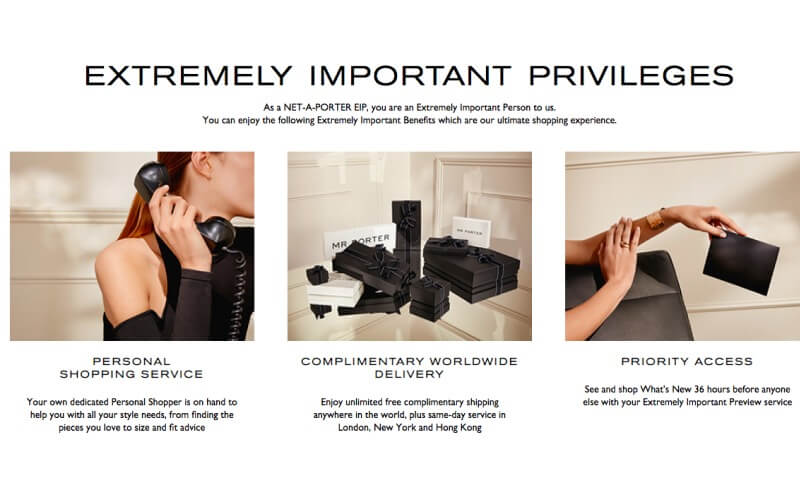
Image Source: SaleCycle
Technology
The fashion industry has taken a considerable step toward technology in the past couple of years. One example is 3DLOOK’s YourFit, the first shareable omnichannel virtual fitting room that helps to reduce product returns and increase conversions and sales.
The new product changes the game for both brands and consumers by fully recreating the fitting room experience online: YourFit by 3DLOOK offers the unique combination of an engaging photorealistic virtual try-on with instant feedback on what size would fit best, powered by its patented core technology that accurately captures and instantly processes customers’ body data. Request a demo to learn more.
Assortment
Look to trend forecasts and advanced analytics to see what sells and doesn’t before committing to a final product lineup. Analyze and identify why customers are shopping in certain online stores. Are they on the hunt for good deals or searching for curated collections? Do they prefer a one-stop-shop? Finding the answers to these questions allows you to modify online assortments according to your consumers’ needs.
Another strategy to dip your toe into is offering more extensive packaging. Online shopping has made it more convenient for products to reach customers quickly, encouraging them to order larger packages or bundles. For fashion brands, selling larger packages would mean customers using your items for a more extended period.
4. Create personalized experiences
In another study by McKinsey, tailoring product suggestions and making your eCommerce site fun to shop and browse are two top levers that can scale your clothing business. For example, The Outnet, a site that sells designer brands (similar to Net-a-Porter but with better prices), has a “Wear It With” feature on each product page that recommends the best items to go with what the customer is planning to buy. This personalized user experience entices one to consider buying more items because they’re given ‘tips’ on how to style the product.
5. Embrace inclusivity in sizing
Sizing and inclusivity have become major factors in the purchasing behavior of consumers. Slow fashion marketplace Mive, for instance, uses on-demand manufacturing to bring ethically and sustainably made fashion to those of all shapes and sizes, while putting independent designers and their creations front and center. All Mive garments are made-to-order using body data gathered with 3DLOOK’s AI-first mobile body measuring tool. With over 80+ measurements collected, creators on Mive can tailor garments to every individual, guaranteeing inclusivity, and customer satisfaction, minimizing emissions and eliminating waste. Investing in technology could considerably push your brand to a bigger, more inclusive market.
6. Increase your sustainability efforts
Today, about 67% of consumers pay attention to the environmental impacts of their clothing, and 60% said that they started putting more effort into reusing and upcycling their clothes. Sustainable items are more in demand in today’s fashion landscape than ever. If you want to make this a part of your clothing business’ success, look for ways to produce sustainably using responsibly sourced materials and observe fair trade. Invest in research and development to determine which practices are best for your brand and learn how to start running your business sustainably.
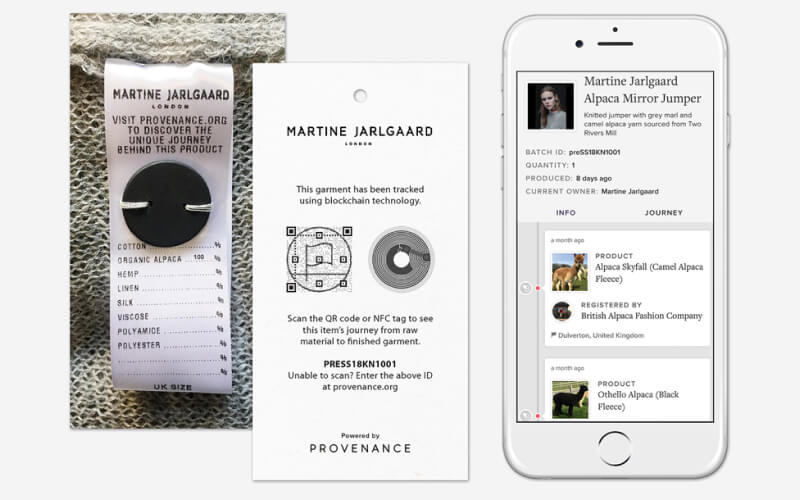
Image Source: Fashion Technology Accelerator
7. Use up-selling and cross-selling
Fashion businesses should start exploring up-sell and cross-sell opportunities to improve customer loyalty and encourage repeat purchases. For example, Asos has a “Buy the Look” feature on each product page to entice the buyer to browse more items. They tap into the consumer’s wants by presenting a group of products that look good together and influencing them to consider adding the items to their cart.
One way to utilize up-selling or cross-selling is by creating a list of your past customers and finding ways to re-convert them into buying new products from your brand. Secondly, writing compelling copy that appeals to your customers’ wants and needs could inspire them to purchase a more high-end product. Work closely with your marketing team to strategize different tactics and get buyers with the correct messaging.
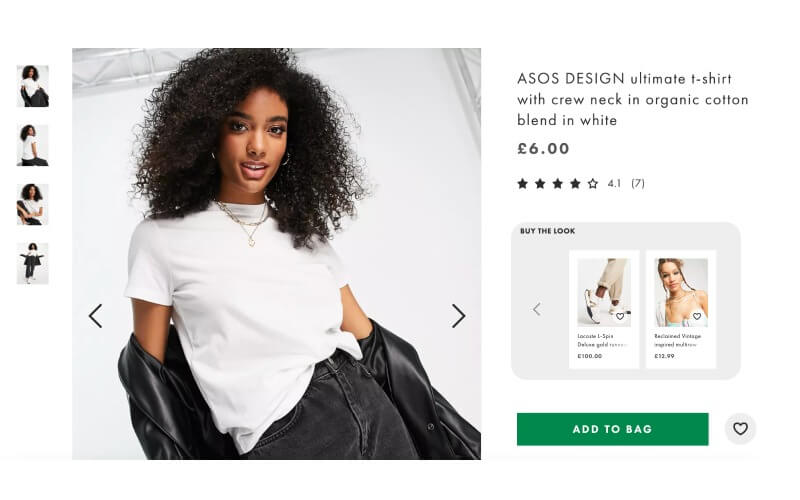
Image Source: ASOS
8. Keep up with industry trends
Fashion eCommerce is constantly evolving, which means you need to stay abreast of the latest trends and technologies in the industry. Look back on past and emerging trends and see how you can drive maximum customer engagement in 2022, from exploring social shopping to providing digital solutions for sizing.
9. Optimize website content
When establishing an eCommerce fashion business, never underestimate quality website content. From product descriptions to landing pages to email content, adding a personal touch to your message can draw in more consumers than you realize. This also includes excellent imagery. Buyers use images to influence their purchasing decisions, especially when it comes to clothing. Take a look at G-star Raw, a Dutch denim brand that leveraged its visual power on detailed and people-centric photography.
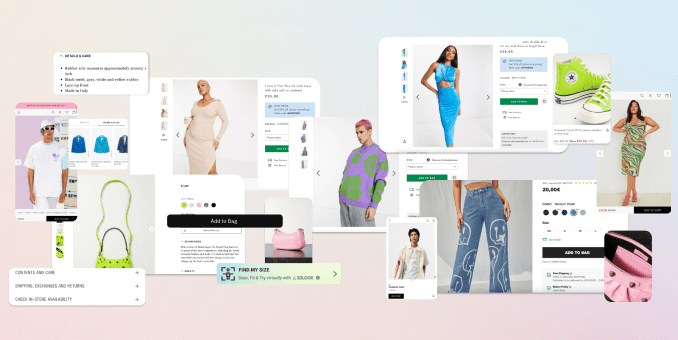
Image Source: 3DLOOK
Conclusion
Despite the saturation of clothing businesses online, it’s never too late to scale your brand. But before you do, you need to lay down the groundwork for your company. The biggest challenges in today’s market are staying relevant to compete with today’s big and small players, understanding the customer’s changing needs, bringing inclusivity and diversity in your products and teams, observing eco-friendly practices, embracing technology to deliver engaging customer experiences, and grasping consumer behaviors to solve the ongoing issues of returns.
With the right strategies, you can create your space in the eComm market and have a slice of the consumer pie. Contact 3DLOOK Team to learn more how you can support your products with the technology, establish a solid vision, build your online presence, and prioritize the customer’s experience.
Tags:
Fashion | Technology
EXPLORE MORE CONTENT

Subscribe to our Newsletter
Offer your customers an entirely new, inclusive, and engaging way to interact with your brand
Offer your customers an entirely new, inclusive, and engaging way to interact
with your brand
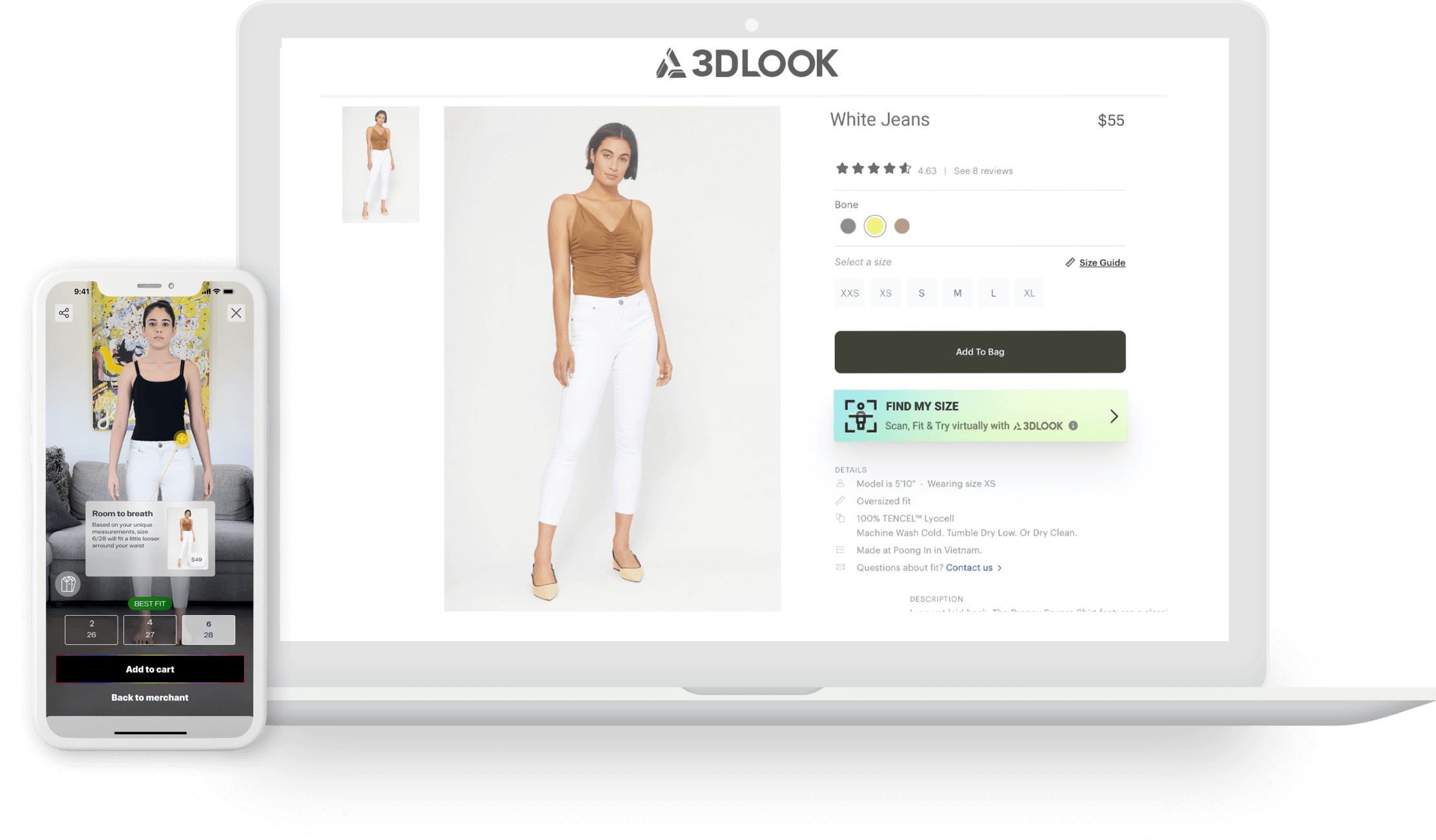
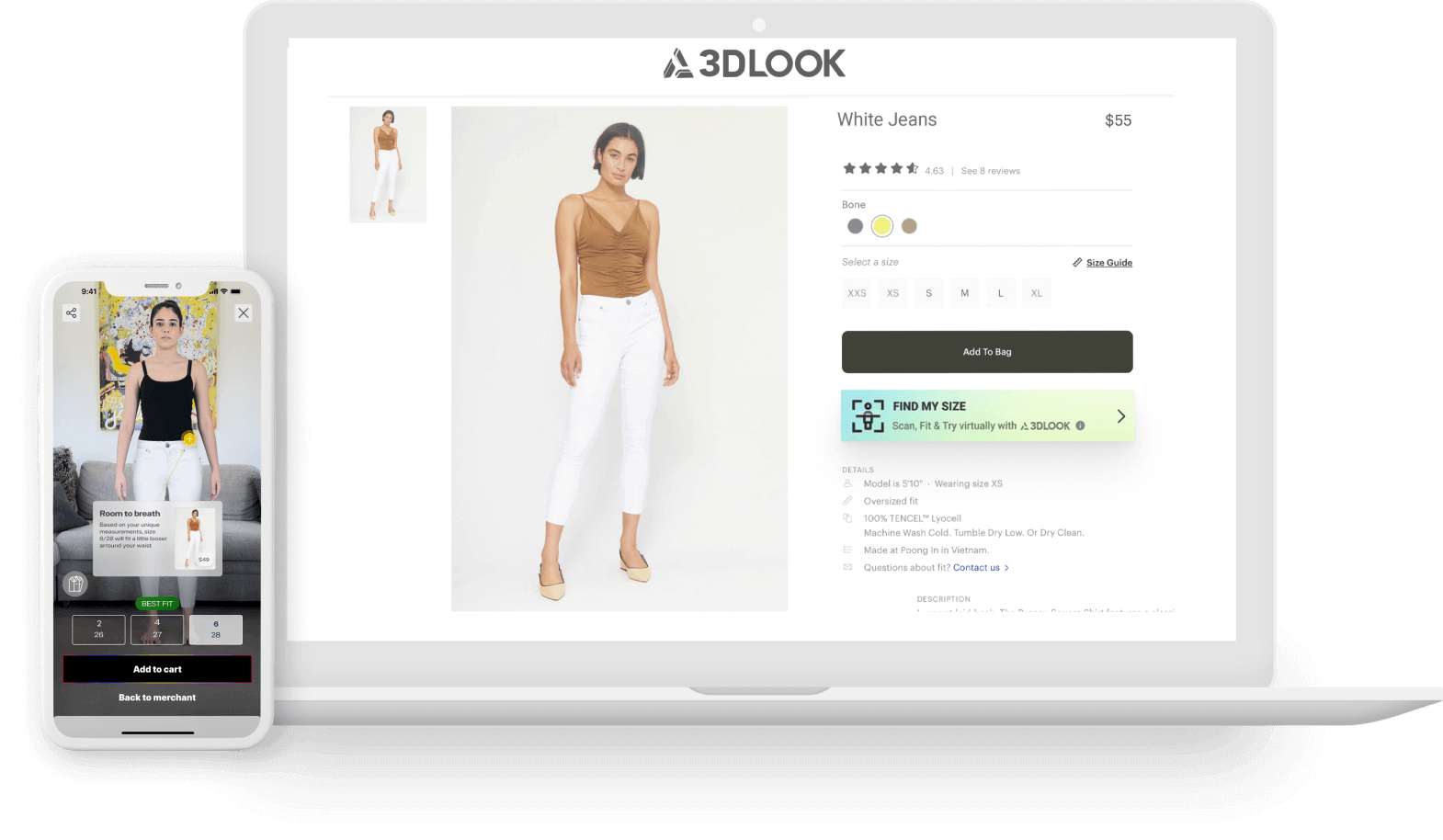
Let us help you find the right solution for your business needs
